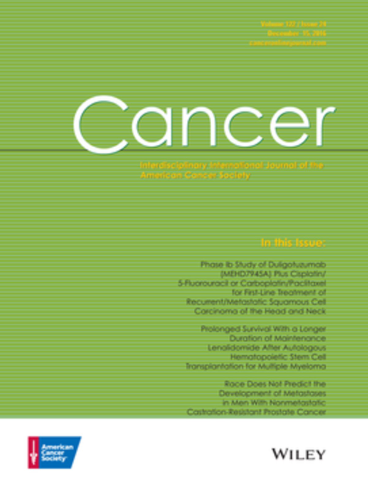Stage-specific cancer survival in Black and White persons by urbanicity of county of residence, United States, 2015–2021
Abstract
Background
Cancer survival is generally lower in Black persons compared with White persons and in rural areas compared with urban areas. The authors examined variations in age-standardized, stage-specific, 5-year cancer survival and receipt of cancer surgery, chemotherapy, and radiotherapy between Black and White persons in large metropolitan (population ≥1 million), small-medium metropolitan (<1 million), and nonmetropolitan areas.
Methods
Data were obtained for all, lung, female breast, prostate, and colorectal cancers diagnosed in 2015–2021 in individuals aged 15 years and older from the Surveillance, Epidemiology, and End Results 22 registries.
Results
The overall 5-year cancer survival rate for localized-stage, regional-stage, and distant-stage cancers was lower in nonmetropolitan areas than metropolitan areas in both Black and White persons by 2, 5, and 3–7 percentage points and was lower in Black persons compared with White persons across categories of urbanicity by 12, 7, and 4–7 percentage points, respectively. By cancer type, stage-specific survival was lower in Black persons compared with White persons across most categories of urbanicity, especially in large metropolitan areas in those younger than 65 years, for breast and colorectal cancers, and for some stages and categories of urbanicity for lung and prostate cancers. The receipt of cancer surgery for localized-stage and regional-stage cancers were lower in Black persons compared with White persons for most evaluated cancers and categories of urbanicity, whereas the receipt of chemotherapy and radiotherapy varied by cancer, stage, and urbanicity. Lower 5-year cancer survival generally aligned with lower receipt of cancer treatment.
Conclusions
The large differences in stage-specific 5-year cancer survival between rural and urban areas and between Black and White persons likely reflect disparities in the receipt of guideline-concordant care.


 求助内容:
求助内容: 应助结果提醒方式:
应助结果提醒方式:


